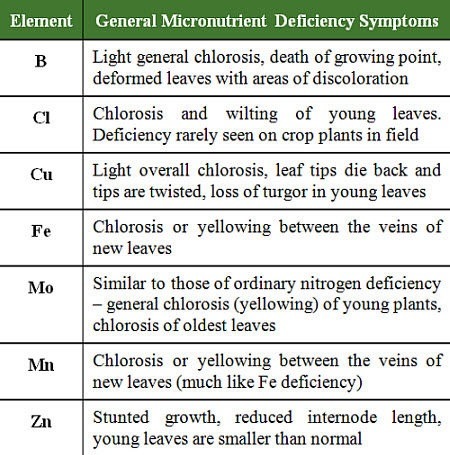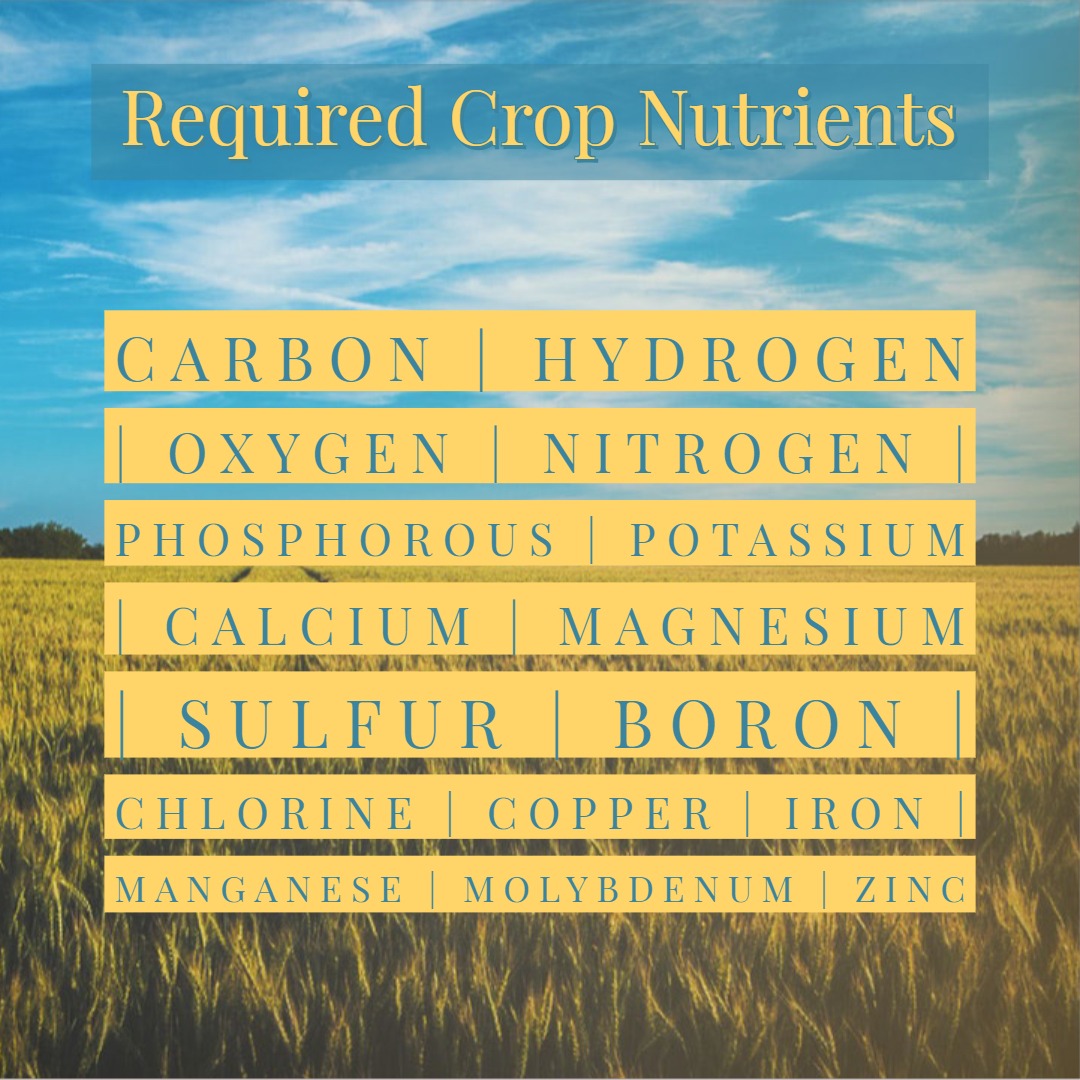Which Plant Nutrients Facilitate Crop Growth?
It’s getting tougher and tougher to make an honest living by farming. Giant farming organizations cut corners to pinch pennies. They use harmful pesticides that help their bottom line while hurting the consumer. Raising crops the right way, as we advocate at Pro-Soil, requires innovative strategies. Carefully monitored soil nutrition, above ground soil practices and below ground soil management all help farmers achieve higher yields with fewer inputs. In this article, we tackle some of the nuances to soil nutrition. Specifically, we talk about which nutrients crops require, how farmers can spot nutrient deficiencies and how farmers can unlock nutrients for their crops.
Which Plant Nutrients Do Crops Require?
Growing crops on the commercial scale is no easy task. Sure, many people can grow crops, but growing them efficiently is another story. Optimal crop growth requires macronutrients, micronutrients, secondary nutrients, air, water and sunlight. Following are the basic nutrient requirements for healthy crops.
How Do I Detect Nutrient Deficiencies in My Crops?
 Some nutrient deficiencies can be spotted with the naked eye. Others require testing of the soil itself or the plant itself.
Some nutrient deficiencies can be spotted with the naked eye. Others require testing of the soil itself or the plant itself.
You can spot iron and zinc deficiencies in corn when the leaves look like they’re missing some green and when they appear slightly shriveled. The look is almost akin to the look of corn leaves that have dried out briefly on your grill.
We found the following table (see right) created by pioneer.com helpful in describing micronutrient deficiency symptoms.
Nutrient deficiencies are often ununiform when observed in crop fields. This is because the exact makeup of soil will differ in different parts of the field. Factors such as acidity, alkalinity, soil porosity, salinity and fertilizer practices all contribute to the makeup of soil in a given region of the field.
Remember that as soon as you see nutrient deficiencies with the naked eye, it’s often too late to maximize the yield for that particular harvest. Ensuring proper nutrient dispersion during planting and early growth are key.
How do I supplement the nutrients for my crops?
 Current farming practices are contributing less than 3% of our total inputs toward doing anything that actually improves our native soils. Many of our tillage methods, chemicals and fertilizers are actually working against us. Years and years of continuing the same practices have left many of our soils biologically depleted and many of our nutrients tied-up and unavailable to the plant.
Current farming practices are contributing less than 3% of our total inputs toward doing anything that actually improves our native soils. Many of our tillage methods, chemicals and fertilizers are actually working against us. Years and years of continuing the same practices have left many of our soils biologically depleted and many of our nutrients tied-up and unavailable to the plant.
Since everything we apply to our farm ground must go through a biological process in order to work, doesn’t it make sense to include an input that maximizes the biological activity in the soil?
The chemicals and fertilizers you apply to your farm ground will always work more effectively when there is a healthy biological foundation in place. It is also essential for accessing the vast stores of nutrients that reside in our native farm ground.
Most farms will only utilize around 5% of the total nutrient inventory that exists on that farm in a single crop season.
Instead of applying more and more nutrients to your crops from the top down, we at Pro-Soil found a better way: below ground soil management. Below ground soil management, also known as biological farming, unlocks the nutrients bound up in your preexisting soil. Our method also helps to mellow soil while improving root structure.
We manufacture our soil products in beautiful Hawkins, Texas. Our brands include PS-Foundation 1-0-1, PS-Starter Pro and Triple 3 Vital Boost. Our products are recognized by farm producers and industry experts as the finest, safest and most reliable below ground management products available.
Our superior natural soil nutrition and liquid plant food products are just a piece of the puzzle. Hands-on in-field evaluations, group educational seminars, test-plot field days and educational newsletters, bulletins, whitepapers and field guides all help to inform today’s progressive, innovative farmers about the exciting potential benefits our Below Ground Management program offers – including how it can increase “Above-Ground Profits.”
